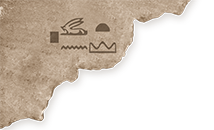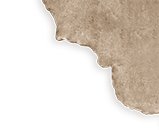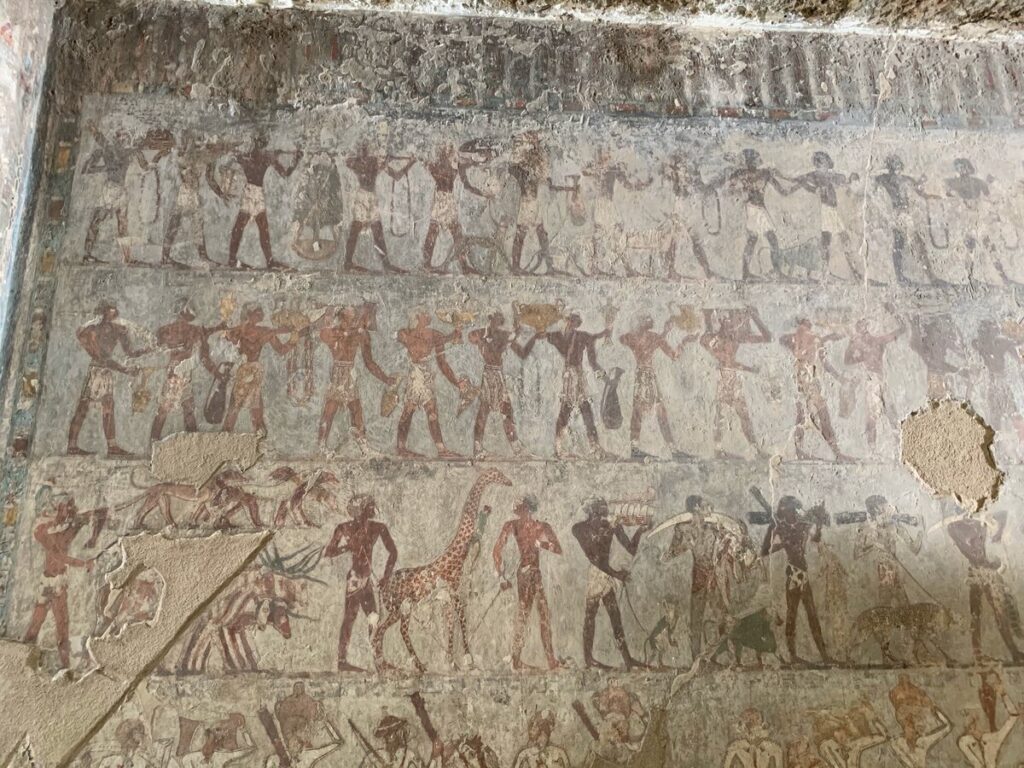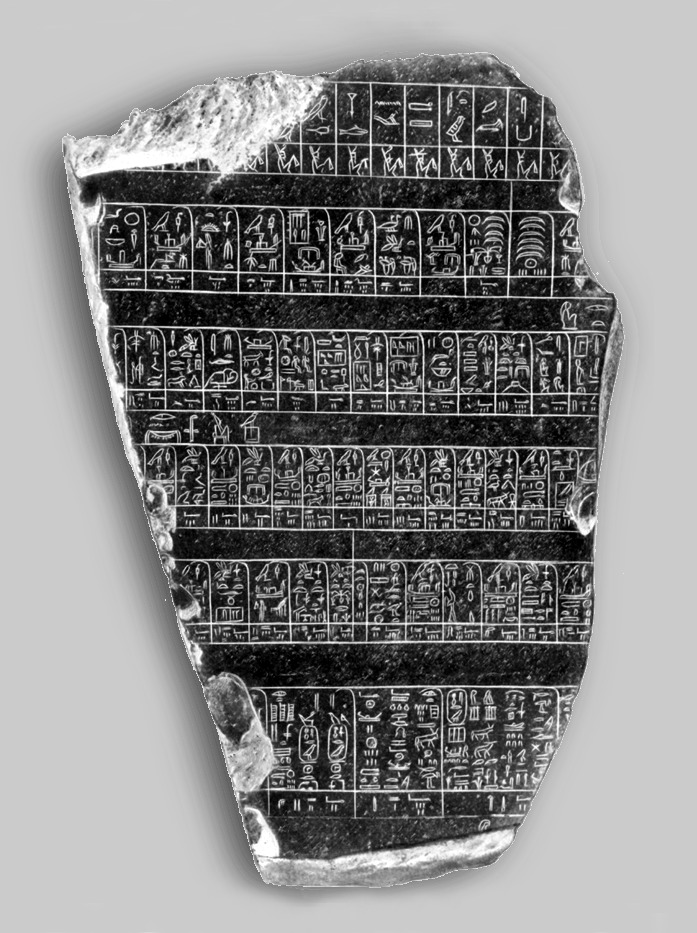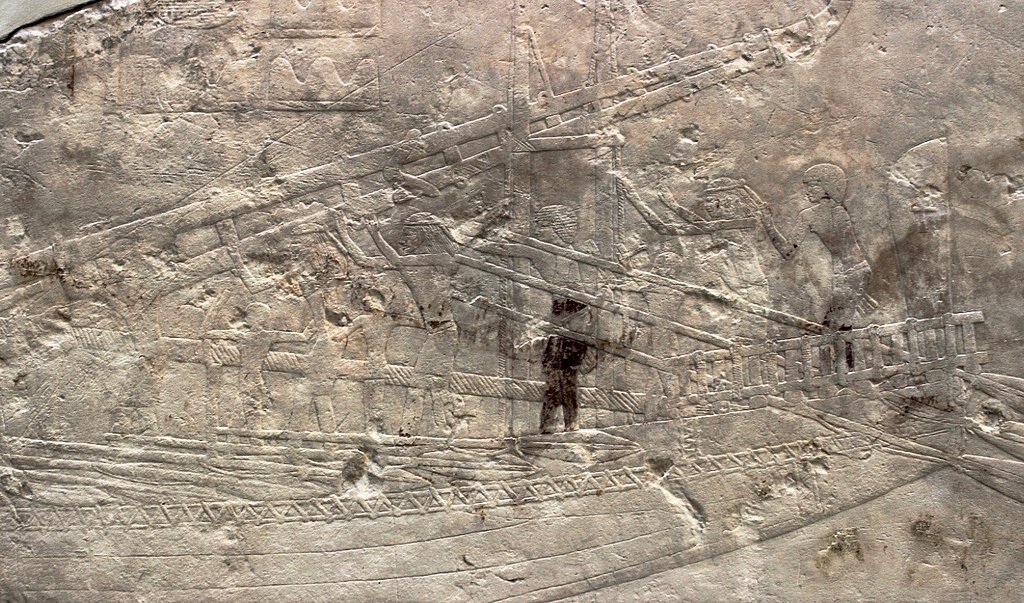Throughout their long history, the ancient Egyptians frequently mentioned a distant land called Punt. This was a place to which expeditions were regularly sent to bring back “creations of the gods”—exotic natural minerals and incense necessary for temple rituals and ceremonies closely tied to the Egyptian cult of the pharaoh.
The land of Punt was extraordinary. The Egyptians often referred to it as “Ta-Netjer,” meaning “Land of the Gods.” Punt was first mentioned in the 26th century BCE during the reign of Pharaoh Khufu of the Fourth Dynasty. However, written records of journeys to this “promised land” date back to the following century and the next dynasty.
The description of the first journey, undertaken during the reign of Pharaoh Sahure, is preserved on the Palermo Stone. This expedition brought back 80,000 measures of myrrh, 2,600 units of precious wood, animal skins, and ivory. Reliefs in Sahure’s temple at Abusir depict ships returning from this voyage.
Trade expeditions to Punt continued until the end of the Sixth Dynasty, with numerous written records attesting to their frequency. For example, a letter from Pharaoh Pepi II to Harkhuf, inscribed on the walls of his tomb at Qubbet el-Hawa in Aswan, provides intriguing details. However, by the end of the Old Kingdom, these expeditions nearly ceased due to the onset of the First Intermediate Period—a time of turmoil, anarchy, tomb robberies, and the loss of state unity.
During the Middle Kingdom, voyages to Punt resumed. Under Mentuhotep III, wells were dug along the route to the Red Sea to provide drinking water for travelers. Pharaoh Senusret III even had a canal dug to connect the Nile with the Red Sea. Records of trade between Egypt and Punt are found in the tomb of the vizier Rekhmire and the inscriptions of Henenu at Wadi Hammamat. This period also saw the famous Tale of the Shipwercked Sailor.
After 1800 BCE, Egypt entered another period of decline—the Second Intermediate Period—and expeditions to Punt were once again interrupted. For several centuries, Punt became a semi-mythical land, but contact was reestablished closer to the New Kingdom era. During the reign of Amenhotep II (1425–1400 BCE), entire delegations from Punt were received in Thebes.
The largest expedition to Punt was organized under the direct order of Queen Hatshepsut of the Eighteenth Dynasty of the New Kingdom. She sought to restore the ancient ties between the two lands and bring back myrrh trees for her temple at Deir el-Bahri. The temple reliefs vividly depict Hatshepsut’s fleet, the unique landscape of Punt with its forests of aromatic trees, exotic animals, and stilt houses. This journey deserves an article of its own.
Expeditions to Punt continued under subsequent pharaohs, with mentions found on the stela of Rekhmire. Ramses III was the last known pharaoh to send ships to Punt. The return of this expedition was depicted in reliefs at his temple in Medinet Habu and in the Harris Papyrus.
After this, references to the mysterious land of Punt disappear from Egyptian records. By the time of the Ptolemaic Dynasty, Punt had become a mythical land of legends. What Punt was like, who lived there, and how they lived remain mysteries. It is also puzzling why the Egyptians, who were often warlike and sought to colonize neighboring tribes, maintained exclusively peaceful trade relations with Punt. None of the sources mention any attempts to conquer this fertile land. Could Punt have been the ancient homeland of the Egyptians?
Archaeological expeditions might shed light on this mystery, but unfortunately, the current situation in the Horn of Africa makes such research extremely difficult. However, we hope that in the near future, circumstances will change, and the world will uncover the many secrets hidden in this land.
